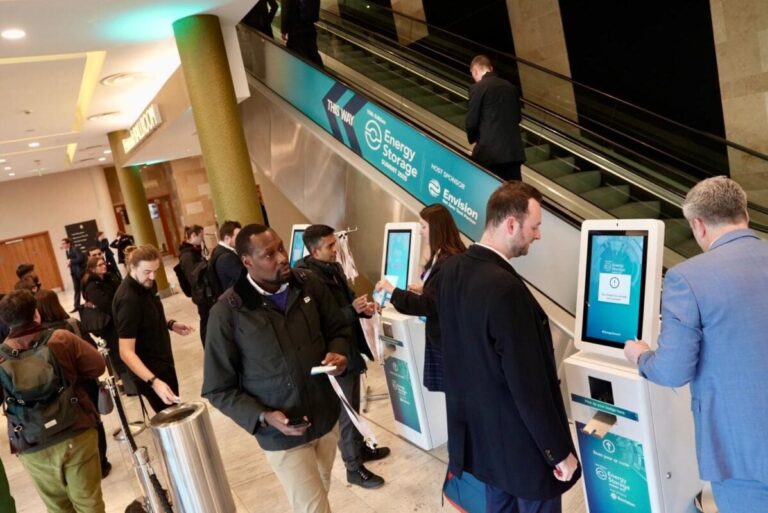On a panel on the Energy Storage Summit in London, Alasdair Macmillan, said head of connection policy at OFGEM that reforms of the network connection will ultimately mean “a clearer signal for networking about what to build”.
On Friday (February 14), orgem released his judgment on the proposed reforms of the National Energy System Operator (Neso) and will announce its final decision in March. Macmillan further stated that the reforms “will offer more investor confidence that your project will connect”.
Developers of energy storage do not seem so certain. Bex Sherwood, head of development on Field, said that, although “not because of a lack of trying”, nobody has faith in their chances of getting into gate 2 under the new process.
“We have lived and breathing reform,” Sherwood continued, “and perhaps still tools have to fall on a project to which we have spent £ 1 million because we are unlikely to get a gate 2 offer”.
For Sherwood, the speed with which Neso reforms have been developed means errors in methodology. “We have seen that decisions at a high level have been imposed on random zone maps that are not based on system needs. The use of the planning status and opposites for grid means no readyness – and if this is the case, it does not take the available or viability into account. “
Another problem with the final proposal from Neso was the reduction of the projects for criminal costs that do not deliver important milestones as soon as paying in the queue. Sherwood said that the process “was wrongly stimulated”.
This is something Natpower UK Managing Director John Sturman also had problems with.
Sturman took a more diplomatic image and pointed out that everyone agrees that it is necessary to get ‘speculators’ in the queue. The problem is for him that Neso became involved in the Zonal Plan, a movement that Sturman saw as a market interference – “let the market decide where the projects should go”.
Long -term assets that enter the queue
Sturman also noted that the proposals from Neso have “no reimbursement” for larger assets with a longer duration, which leads to a “network of battery storage activa built at just 2 hours duration”, not enough to support the network or reduce consumer accounts.
Oonagh O’grady, vice-president of International Origination for Long-Duration Energy Storage (LDES) Firm Hydrostor pointed out that the absence of LDEs in the proposals brings great uncertainty on the market. The need for clarity about timings that the new queue process is intended to offer is “critical” for LDES investments, given the long lead time on technology.
However, O’grady noted that in the Clean Power 2030 plan of the government (CP30), LDES and shorter storage are separated. This is partly due to the lack of LDEs that will probably come online before 2030, but it is a movement that O’grady said is welcome.
However, there is a need for more clarity about how the reform of the grid connection in the queue fits other initiatives such as CP30, the contracts for Difference (CFD) control and the new investment mechanism for CAP-and-Floor for LDES.
CEO of Masdar Arlington, Matt Clare, said that the new queue system leaves a “policy gap” between projects at distribution level that are more than 100 MW, which means they fall through the cracks; Orgem must “step in and sort something out”, which shows that not every possibility has been treated.
This, for Clare, is not a bad thing, just the result of the speed with which Neso and OREM have to move. Allowing that it is not a popular opinion, Clare said that the two companies have done “a lot of good work”.
“It’s not perfect and I understand the frustrations of developers, but they are also partly the culprit.”
Orgem’s Macmillan repeated that all proposed reforms have undergone a “fast but robust” policy process, and added that there were no problems that were discussed during the panel, the Ofmem was not yet aware of.
“In an ideal world, more time would have been fun, but there is a real need for speed that I appreciate will not be comfortable. The queue has grown astronomically and we must be low in low as quickly as possible.
“It was always the case that large -scale raster reform would create winners and losers; Neso had to pull the line somewhere. ‘


